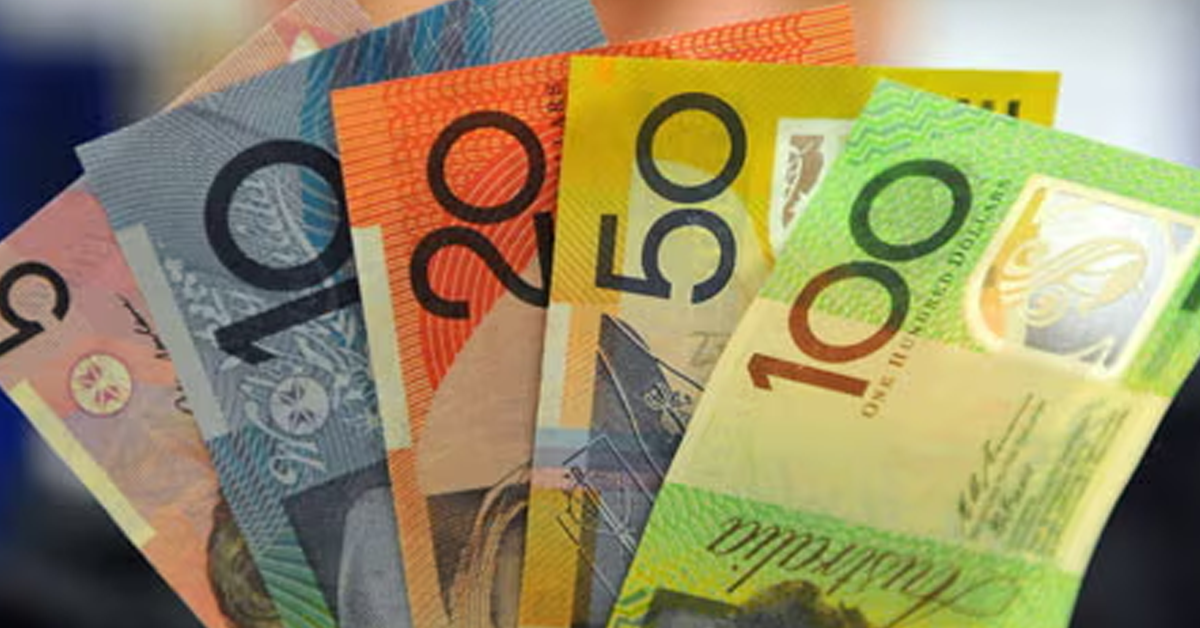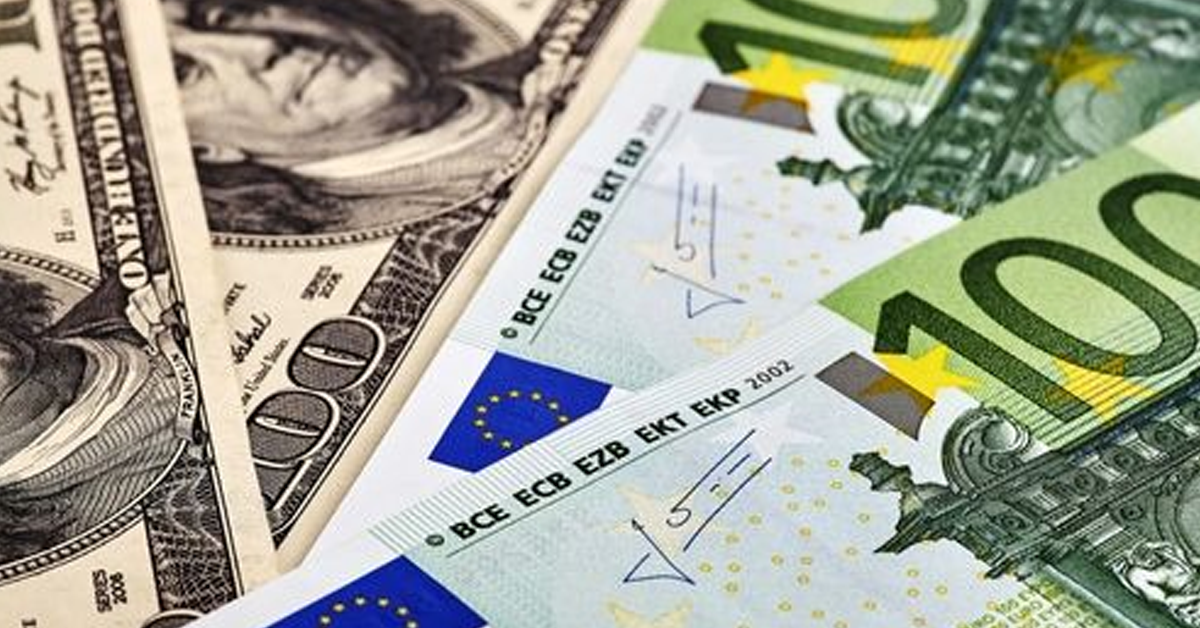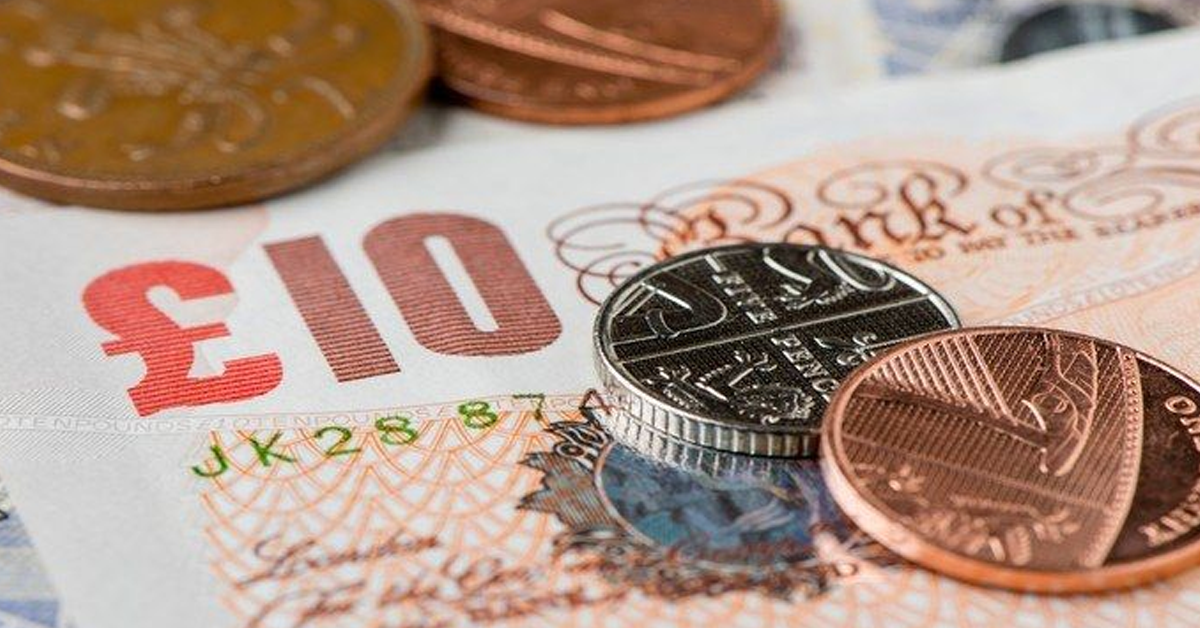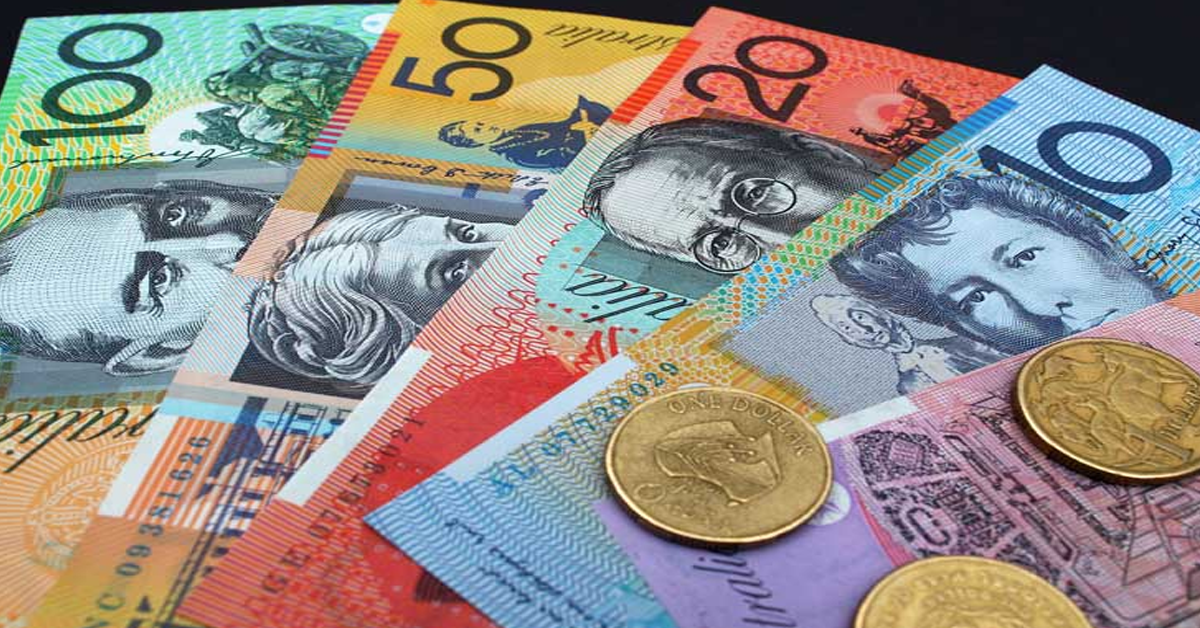Japan’s Industrial Production Declines, Indicating an Inconsistent Economic Rebound
Japan is grappling with an uneven economic recovery, as evidenced by contrasting trends in industrial production and retail sales in November. The country’s factories saw a decrease in output, primarily in sectors such as automobile manufacturing, technology equipment, and general machinery, which dipped by 0.9% from the previous month. This decline slightly exceeded expectations and marked a 1.4% reduction from the previous year, according to Japan’s Ministry of Economy, Trade, and Industry. In contrast, retail sales experienced a surge, growing by 1% from October, double the analysts’ forecasts, and showing a 5.3% increase from the year before, partly driven by inflation.
This mixed picture highlights the challenges faced by the Bank of Japan (BOJ) as it weighs the timing for an interest rate increase—the first since 2007—amidst signs of both fragility and resilience within the economy. The diverging trends underscore a broader pattern of patchy economic growth, with the manufacturing sector’s weakness juxtaposed against the buoyancy of the service and retail sectors.
Economists, including Takeshi Minami from the Norinchukin Research Institute, suggest that the manufacturing sector’s struggles may continue into the next year, reducing the likelihood of an early monetary policy shift by the BOJ in January. Most economists are eyeing April as a more probable time for the BOJ to adjust rates, coinciding with the assessment of the annual wage negotiations in March, which is pivotal in gauging the inflation trajectory.
Despite recent contractions over the summer months, analysts are cautiously optimistic, forecasting a modest annualized growth of 0.8% in the last quarter. This growth would stave off a technical recession and could provide the BOJ with the necessary conditions to consider interest rate hikes.
External demand’s uncertain future, amid signs of potential easing by the Federal Reserve and possible recessions in Europe and China, further complicates Japan’s economic landscape. Nevertheless, domestic consumption remains robust, supported by travel and dining activities that have rebounded following the lifting of pandemic restrictions and by a resurgence in inbound tourism. In November, Japan welcomed approximately 2.4 million tourists, a recovery to pre-pandemic levels, with notable increases from Singapore, Europe, and the US.
However, the latest Purchasing Managers’ Index (PMI) from au Jibun Bank indicates that the divergent economic trends may persist, with manufacturing activity hitting a three-year low while services sector growth accelerates. Minami remains cautious, indicating that despite these mixed signals, Japan’s battle with deflation is not yet conclusively won.











